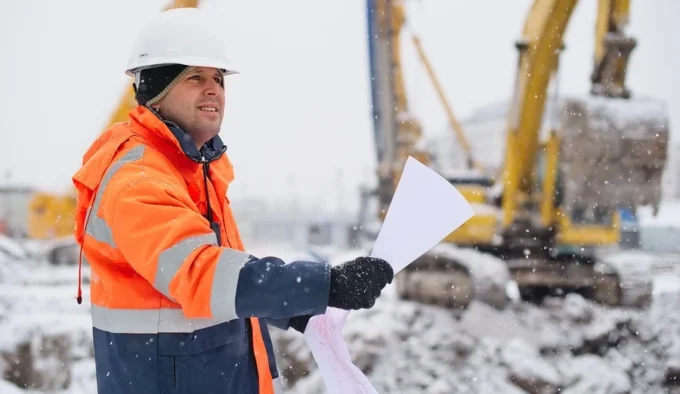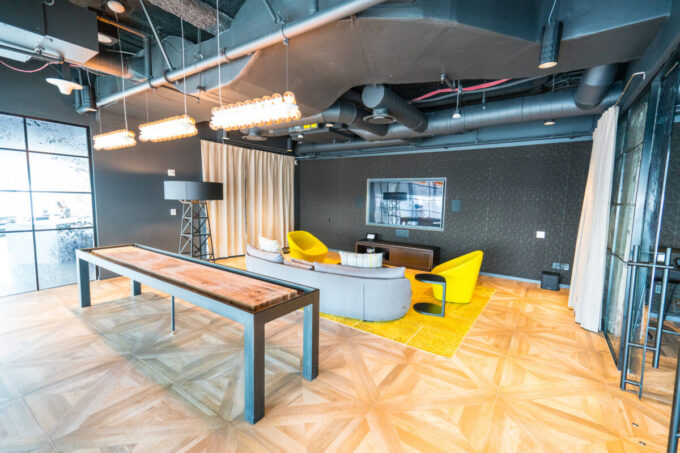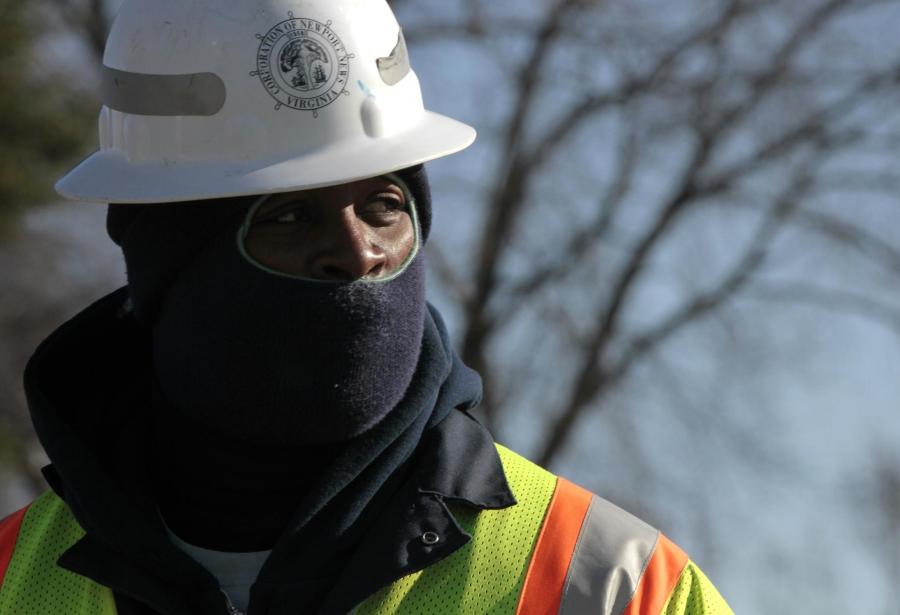Outdoor working is a possibility in many lines of work, and an inevitability in some. Whether in construction, manufacture or horticulture, if you are working outside then the elements pose a risk to you. Paying attention to the weather forecasts can be a great way to help you be prepared. Whether you’re expecting heat or cold, knowing what is about to happen will help. But what are those risks, and how can you prepare against them?
Outdoor Conditions

In order to prepare effectively for outdoor work, you should first understand exactly what conditions to expect – and the specific risks they impose upon you as a worker. For example, there are dramatically different weather conditions to predict depending upon the season.
The winter is typically the most dangerous of the seasons, bringing a number of seasonal risks. For one, days are shorter, meaning low-light conditions are more likely. The colder temperatures can make it comfortable work hard, while also presenting the possibility of icy or otherwise slippery conditions. These not only increase the risk of trips and falls, but also of road traffic incidents – making driving or roadside working more dangerous.
In some extreme cases then the cold can lead to frostbite, the lowering of the body temperature for extended periods of time can also lead to problems with concentration and tiredness which in turn can also lead to an increase in the risk of accidents.
While the summer may be safer overall, it also has its own dangerous conditions. The higher average temperature can make working again uncomfortable, and also increase the possibility of dehydration. In direct sunlight, UV rays pose a risk to the skin and eyes.
The sun exposure can lead to lots of different issues, even in the UK! Heat stress can be a real issue, especially if you’re doing physical work while being out in the sun. The symptoms of this can include headaches, dizziness, loss of appetite, fast breathing and pulse, excessive sweating and pale clammy skin.
Heat stress can be serious. It can make you feel unwell, lack concentration, get muscle cramps, and faint. You can develop heat exhaustion, feeling tired and sick, get a headache and feel clammy. At its most serious, heat stress can lead to heatstroke, with confusion, convulsions, and loss of consciousness. Heatstroke can even be fatal.
Bearing this in mind, what are some ways you might make sure you are safe during outside work?
Clothing and Protective Equipment

Personal protective equipment is a given on any work site, but also applies with regard to weather conditions. Appropriate clothing and accessories can help mitigate the impact of weather on your comfort and safety – again, depending on the season.
The Personal Protective Equipment at Work Regulations 1992 place duties on employers to ensure that PPE is properly assessed before use to make sure it is fit for purpose, maintained and stored properly, provided with instructions on how to use it safely, and used correctly by workers.
In the winter, the cold presents the most risk to workers – being a consistent state with impacts on flexibility and steadiness. Gloves are essential for keeping your hands warm and supple during work, whether lifting objects or handling dangerous tools. Padded, waterproof coats are also essential, to keep your core body temperature up and to prevent the ingress of water; these can also be hi-vis, to ensure you are visible in dark or foggy conditions.
PPE must also be used when working to reduce the risk of excessive noise, splashes from corrosive liquids to avoid them getting into eyes and to stop you from breathing in dust, mites, gas or fumes.
Amenities

Safety does not stop with personal protective equipment, though. There is only so much that PPE can do for you regarding safety, and safe working habits can go some way to making up that shortfall.
An outdoor coat is not enough to keep you warm and comfortable; you also need access to sheltered and heated facilities to recover in. Having access to warm drinks and somewhere to get out of the rain can make all the difference and can also help employees to work better and for longer periods of time.
This is also true in the summer, where regular breaks in the shade are necessary to limit UV exposure and keep you from overheating. Along with some fresh cold water and somewhere to store food without it being out in the heat and the sun. Taking care of yourself and your employees in the summer can also include the use of things like suncream. Regardless of your skin type, if you are outside in the belting sun all day protecting yourself will help you in the long run.
First aid for things like heat stroke and heat rash include:
Moving the patient to a cooler place.
- Lower his or her body temperature by:
- removing some of his or her clothing (only if necessary)
- wiping his or her body with a towel soaked in cold water
- fanning him or her.
If the patient is unconscious, place him or her in the recovery position.
Do not give the patient any food or drink.
Send the patient to hospital as soon as possible.
Food and drink are also extremely important, year-round. You and others should have ready access to both hot and cold drinks, and to food and food heating facilities. In the winter, hot drinks and food can keep your energy up; in the summer, water keeps you hydrated.
Eating the correct foods can also help set you up for success. If you eat carbohydrates then they will metabolise and produce energy fast. Fatty foods will also help you, as long as they are in appropriate amounts. Eating little and often will help you to feel fuller and more energetic for longer, rather than a large meal at lunch time which will leave you feeling drowsy and make it harder for you to finish the work of the day.









